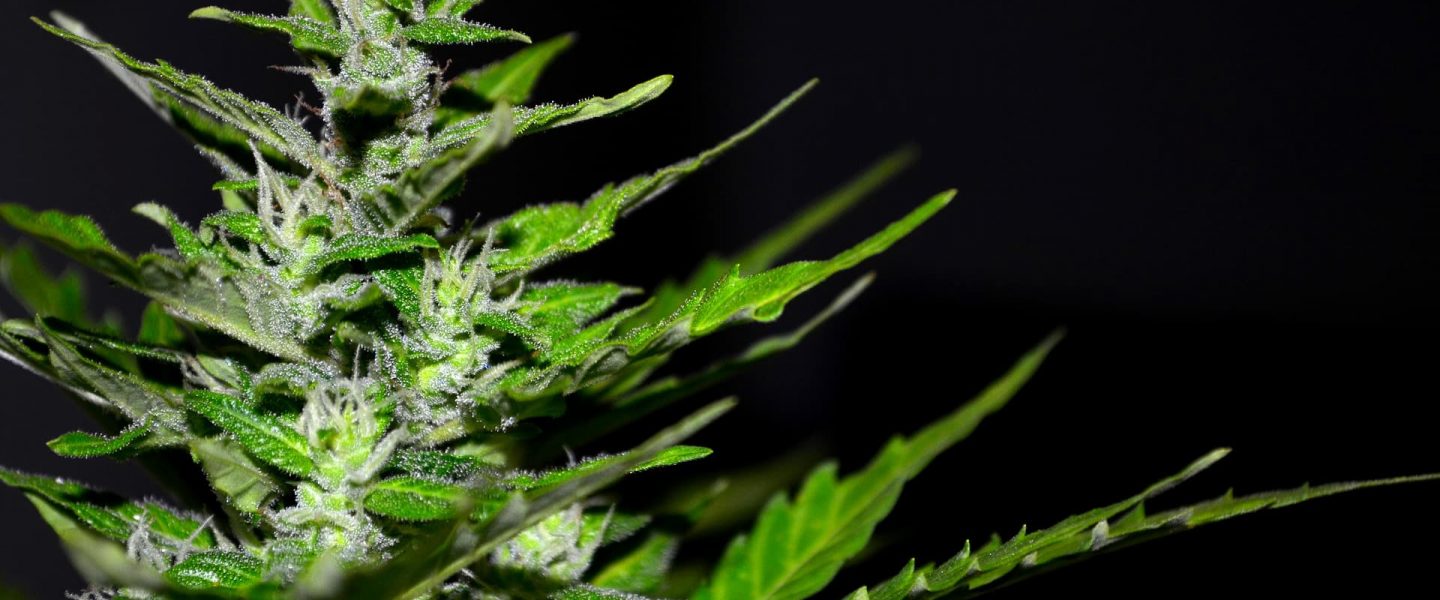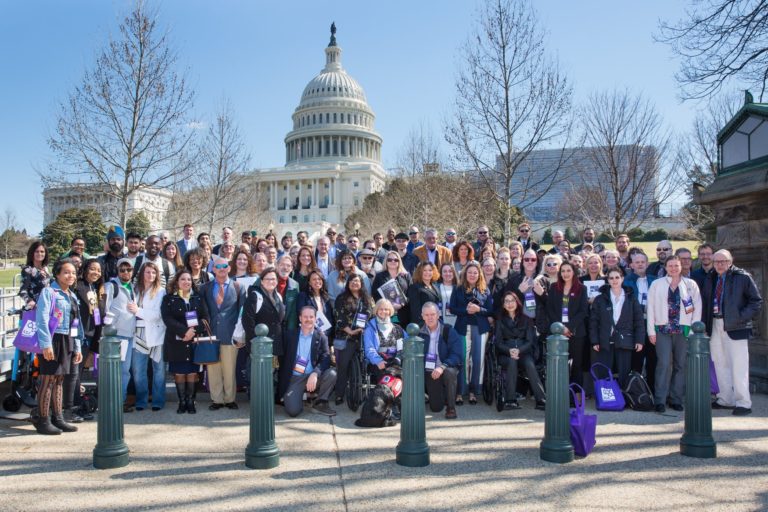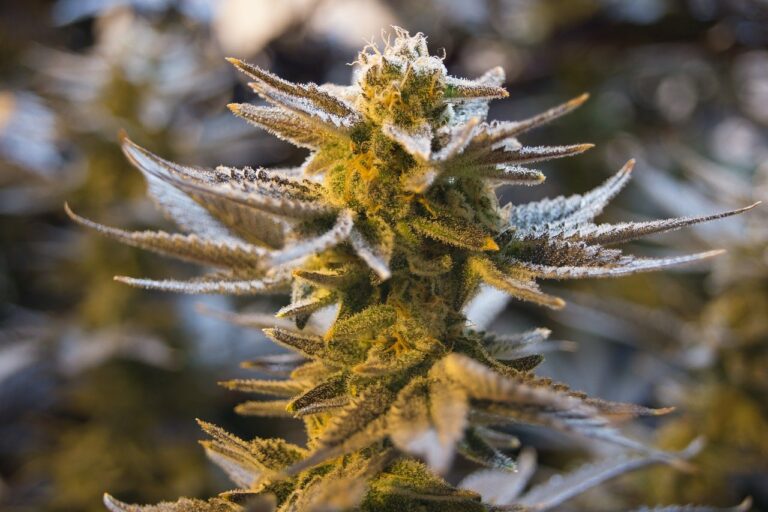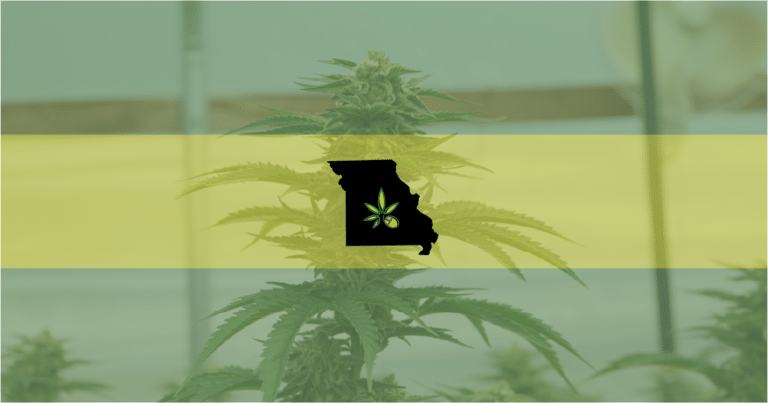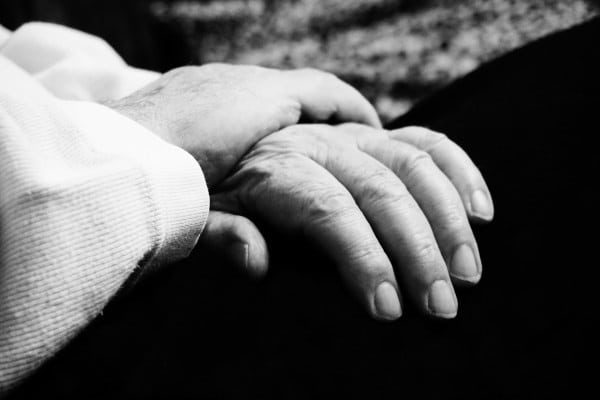
“For twenty years everyone told me I wasn’t sick and all the weird things I was experiencing were just in my mind,” said Rose McCedar, an executive administrator in the healthcare field, and silent advocate of cannabis. “All the doctors, my friends, and even my husband began to wonder if I wasn’t having some kind of mental health problem. Eventually, I began to question my own sanity.” Desperate to rid herself of the painful numbness, muscle twitches, fatigue, and debilitating headaches she’d been experiencing Rose even contemplated taking her own life. “I did my best to pretend everything was fine. But, I wasn’t fine,” she says. “I would just sit in my car before work and cry. I just felt so awful all the time and no one believed it was real.”
“…..a potentially life threatening condition.”
It wasn’t until Rose was taken from work by ambulance that anyone took her claims seriously. Once at the hospital, Rose was found to have been living with a rare disease known as Hirata Syndrome. As it would turn out, the symptoms she had been experiencing were very real indeed. Hirata, also known as Insulin Autoimmune Syndrome is a potentially life threatening condition. For Rose, it was a condition left untreated for several decades. “It took so long for me to get diagnosed that I’m left with a lot of permanent damage. My poor pancreas struggled for a long time. I’m left with a constant burning in my arms and legs. I don’t drive anymore because of the numbness in my feet,” Rose states.
Related article: Marijuana May Help to Solve Your Opioid Problem – 3 Tips to Get Started!
“…….more than all the cancer and AIDS patients in the world combined.”
Stories like Rose’s are more common than most people realize. Over 30 million people in the U.S. alone live with a rare disease. That equates to nearly 1 in every 10 people. According to Global Genes, a nonprofit organization dedicated to educating the public about rare diseases, there are 350 million known rare disease patients worldwide. That’s more than all the cancer and AIDS patients in the world combined. With over 7,000 known rare disorders and more being discovered each day, rare diseases really aren’t all that rare. “Even though there are so many of us with these oddball diseases, we’re still very isolated. You’re lucky if you meet one other person in your lifetime with your exact disorder,” states Rose matter of factly.
“How do you cure it when you don’t know what it is?”
For many patients their disease is not only rare but quite possibly one of a kind. This is the case for Alicia van Beek, whose particular disorder falls into the category of “undiagnosed diseases.” Alicia’s disease has made constant worry a way of life. “It took me several decades and a dozen doctors before anyone took me seriously. I was called a hypochondriac more than once.” As Alicia’s disease progressed, even the most skeptical of physicians could clearly see she was suffering from something very real. Crippling muscle cramps known as dystonia combined with the slow deterioration of her vision made driving a challenge for Alicia, as well. “I’ve lost so much of my freedom because we don’t know what we’re fighting. I just keep praying for a cure,” she says. “But how do you cure it when you don’t know what it is?”
“It’s something they’d never seen.”
Eventually, Alicia was sent to a geneticist. “He was stumped!” she says. “All he could come up with is that my disease is a hybrid, of sorts. It has some characteristics of Parkinson’s Disease, Crohn’s Disease, and a rare connective tissue syndrome known as Ehlers-Danlos. It’s something they’d never seen.” Alicia explains. With a mysterious illness such as Alicia’s there is little certainty in how to best treat her symptoms. “Every treatment and prescription is just guesswork,” says Alicia with a shrug. “It’s frightening! I keep asking, ‘How can you prescribe medication when you don’t even know what’s wrong with me?’” The scariest part, she says, is not knowing how bad her disease will get or if the treatments will later prove to have been detrimental.
And that’s where cannabis comes in.
“I could get all the narcotics I want! Let me tell you, if I was a different kind of person I’d have quite the lucrative side business!” Alicia jokes. “I keep telling them ‘no.’ I just want to feel better, not trade one problem for another.” Rose McCedar agrees. “It seems like when you have a rare disease and they aren’t sure what to do, they just pull out the trusty prescription pad.” Many rare patients feel a trial and error style of treatment is dangerous and cannabis offers a safe alternative. Rose began using cannabis for fear of becoming addicted to prescription pain medication. “I just wanted to be able to function at work and enjoy my life.” she says.
“I don’t know where I’d be had it not been for marijuana.”
Rose and Alicia both agree that cannabis has given them their lives back. “I don’t know where I’d be had it not been for marijuana. I can function without side effects. I’ve started learning about natural medicine. I feel better both physically and emotionally,” states Rose. “I appreciate the doctors and researchers that understand our plight.” One such understanding group is the National Organization for Rare Disorders (N.O.R.D.). Advocates for better treatment protocols and accessibility to safe medications, N.O.R.D. also offer support for families and caregivers. Also, working tirelessly to find answers is the Undiagnosed Disease Network. Funded by the National Institutes of Health, the main medical research center in the United States, the Undiagnosed Disease Network is a research study designed to improve the way physicians diagnose and treat patients with previously undiagnosed diseases. But even with medical scientists proactively working on these issues there is much more that needs to be done.
Related article: Talking Pot – How to Talk to Your Kids About Marijuana
……”Medical Refugees”….
Due to current federal and state regulations, some rare disease patients are forced take on the role of “medical refugee,” a term used to describe patients who’ve relocated in order to have access to medical cannabis. A marriage counselor, Alicia is one of those patients. “I uprooted my entire life because I enjoy helping couples have a healthy marriage. I can’t do that if I’m in pain, nauseous and tired,” she states. “Cannabis allows me to do my job and remain a productive member of society. It’s just sad that I had to move across state lines to do that.”
Below is a list of five strains of cannabis rare and undiagnosed patients have found to be helpful for a variety of symptoms:
1.Peyote Cookies – One of the newer strains on this list, Peyote Cookies is a full bodied indica whose users have reported a significant decrease in muscle cramps, twitches and even migraine headaches. A clever cross of Peyote Purple and Cookie Kush, this strain is favorite among those prone to stress and tension. Vanilla undertones and hints of coffee float gently through this aromatic strain.
2.White Widow – A classic strain hailing from the Netherlands, White Widow has long been a long standing favorite of chronic pain and depression sufferers. This hybrid is the grandfather to several popular strains, such as White Russian and Blue Widow. Another aromatic strain, White Widow provides a unique taste reminiscent of a rainy, woodsy morning.
3. [Charlotte’s Web](https://en.wikipedia.org/wiki/Charlotte%27s_web_(cannabis%29) – No list of discomfort relieving strains would be complete without the royal mother of them all. This CBD rich sativa was designed specifically for patients suffering from epilepsy and was found to treat a plethora of other symptoms. Considered the chronic pain sufferers go-to, this strain provides low amounts of THC and is perfect for daytime use.
Related article: THC and CBD, and the Entourage Effect!
4.Connie Chung – A lesser known, indica dominant hybrid strain that packs a lot of pain relief. Best for evening use, Connie promises to provide a good night’s rest and plenty of anti-inflammatory properties. Her tangy, piney flavors are a perfect complement to the nights end. With G13 Haze as a parent strain, Connie Chung is sure to give you good news.
5.Dogwalker OG – A classic for long term users, this powerful strain provides instant relief from most every symptom. Another earthy strain whose lineage is steeped in medicinal qualities, Dogwalker OG originates from Chemdawg 91 and Albert Walker, this heavy hitting hybrid is high in THC and guarantees relief to even the most seasoned users.
For more information on Rare Diseases and Undiagnosed Diseases, please visit:
The Cannabis Refugee Program – Headed up by The Travel Joint, this project assists families in their relocation.
Colorado Highlife Tours – This company offers a resource page for Colorado medical refugees, offering assistance with short term rentals, doctors and support.
Author Bio:Pepper Sloanis a writer, and editor and strain connoisseur atMonroe Blvd. She is also an Addiction Studies major at the University of South Dakota. Her passion for the holistic science of cannabis began with the diagnosis of a mysterious, unnamed genetic syndrome. In her former life, Pepper was a professional adult entertainer and today advocates for women’s empowerment. She’s an avid marathon enthusiast, a mother, and the proud wife of a disabled combat veteran. Follow Pepper onFacebook,InstagramandTwitter

